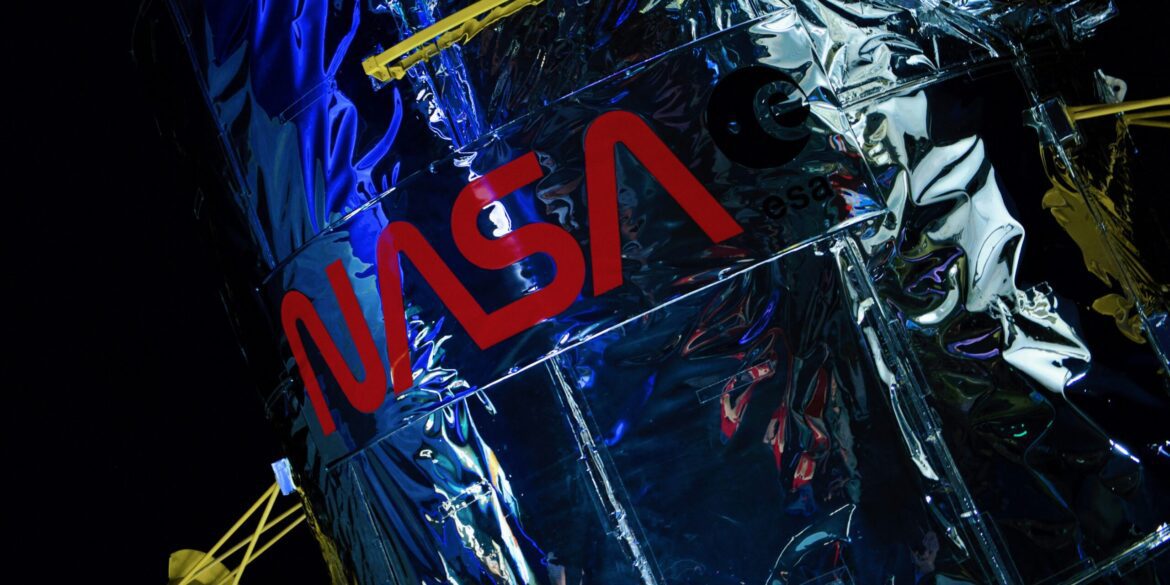NASA Pushes Boundaries in Urban Air Mobility
NASA is making groundbreaking advancements in urban air mobility, an emerging sector that has the potential to redefine transportation in cities across the globe. On August 6, 2025, the space agency took a major step forward by successfully completing a round of tests using 5G wireless technology to enhance the connectivity and safety of future air taxis. These small, electric-powered aircraft are being developed to offer an innovative solution to the ever-growing problem of congestion in metropolitan areas. By integrating 5G networks, NASA aims to facilitate real-time communication between air taxis and air traffic control systems, which will ultimately improve coordination, enhance safety, and reduce the risks associated with flying in crowded urban spaces.
How the 5G Connectivity Works
The tests conducted by NASA involved the integration of 5G connectivity with advanced air traffic management systems that are specifically designed to monitor and guide air taxis as they navigate through busy and often chaotic urban skies. Unlike traditional aviation, where communication between pilots and ground control systems is often reliant on slower, more limited networks, 5G connectivity provides a high-speed, low-latency data transfer capability that allows for seamless and rapid communication. This is critical in an urban environment where rapid decision-making is necessary to avoid accidents or collisions between multiple aircraft, other vehicles, and obstacles.
In practical terms, the enhanced 5G network allows air taxis to communicate with air traffic control systems in real time. This means that pilots or autonomous systems within the air taxis can receive immediate updates about airspace conditions, weather changes, potential hazards, and other factors that may affect their flight paths. The system also enables better coordination between various air taxis operating in the same airspace, ensuring that the aircraft can safely and efficiently avoid one another while maintaining optimal flight paths. The ultra-low latency of 5G technology ensures that there are minimal delays in communication, which is crucial when responding to emergencies or adjusting flight plans at short notice.
The benefits of integrating 5G technology into urban air mobility systems extend beyond just safety and coordination. The high-speed data transfer capabilities also make it possible for air taxis to receive live updates from ground-based sensors, allowing the aircraft to adjust flight routes based on real-time conditions such as traffic patterns, construction, or even other aircraft’s flight paths. This makes the operation of air taxis not only safer but also more flexible, as they can adapt quickly to a constantly changing environment. In addition, 5G’s ability to support high-bandwidth applications means that air taxis can be equipped with advanced technologies, including autonomous flight systems and sophisticated navigation tools, that require substantial amounts of data to function efficiently.
The Future of Urban Transportation
The successful integration of 5G technology into the air traffic management of urban air mobility is just one piece of the puzzle in the transformation of urban transportation. Urban air mobility (UAM) has the potential to revolutionize the way people travel within cities, offering faster, more sustainable, and environmentally friendly solutions to reduce the growing congestion on city streets. Air taxis, powered by electricity and designed to take off and land vertically, could significantly decrease the number of vehicles on the ground, offering a clean, efficient alternative to traditional modes of transportation.
NASA’s involvement in the development of urban air mobility systems highlights the agency’s commitment to advancing innovative technologies that not only push the boundaries of space exploration but also improve the quality of life on Earth. The agency’s cutting-edge research and successful testing of 5G-powered communication systems play a key role in making the dream of urban air taxis a reality. By partnering with industry leaders, regulatory bodies, and other stakeholders, NASA is helping to lay the groundwork for the safe and efficient integration of these vehicles into urban airspaces.
As the technology continues to evolve, NASA plans to conduct more tests, refining systems to ensure that air taxis are capable of operating safely and effectively in urban environments. The agency’s goal is to continue to drive innovation in this field, with a focus on ensuring that urban air mobility systems are scalable, reliable, and capable of handling the demands of a growing urban population. The development and widespread deployment of air taxis could be just a decade away, with cities around the world potentially offering these futuristic transportation options as part of an integrated, multi-modal transportation network.
In conclusion, NASA’s strides in urban air mobility, especially the incorporation of 5G technology, are paving the way for a future where air taxis become a common and practical mode of transportation in urban environments. With continued testing, collaboration, and innovation, the dream of flying taxis could soon be a reality, offering solutions to the transportation challenges faced by cities today and transforming the way people experience urban travel.
Read also: NASA’s Artemis III Mission Achieves Key Milestone

